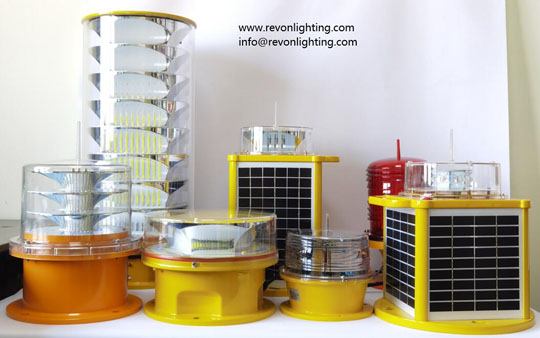Aircraft Obstruction Lights: Enhancing Flight Safety
Aircraft obstruction lights are an essential component of aviation safety. They alert pilots to the presence of tall structures such as communication towers, wind turbines, and other obstacles that could interfere with their flight path. These lights are critical in ensuring safe takeoffs and landings, especially during low-visibility conditions or at night.
Obstruction lights must be highly visible and bright to give pilots sufficient warning of potential obstacles. Typically, they are installed on tall structures, buildings, and even cranes. Aviation regulations mandate the installation of these lights on all structures over a certain height within the vicinity of airports and other airfields.
In selecting obstruction lights for aircraft, several factors must be considered, including light intensity, flash patterns, range, and color. These factors ensure that the lights meet aviation standards and effectively communicate potential obstacles to pilots.

There are different types of obstruction lights suitable for various structures. Medium-intensity obstruction lights (MIOL) are commonly used for structures below 200 ft., while high-intensity obstacle lights (HIOL) are suited for taller structures. Other types include low-intensity and flashing obstacle lights, depending on the type and height of the structure.
Aircraft obstruction lights are designed to protect both pilots and the general public from harm. These lights ensure that pilots can see and identify tall obstacles easily, reducing the risk of accidents or damage to life and property. When properly installed and maintained, obstruction lights enhance flight safety, enabling pilots to fly with confidence regardless of visibility conditions.
In summary, aircraft obstruction lights are indispensable in ensuring aviation safety. By effectively alerting pilots to hazards and obstacles, these lights make air travel safer for passengers, crew members, and infrastructure alike. It is vital to prioritize the selection, installation, and maintenance of obstruction lights to guarantee safe flights and minimize the risks inherent in air travel.